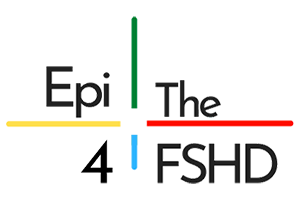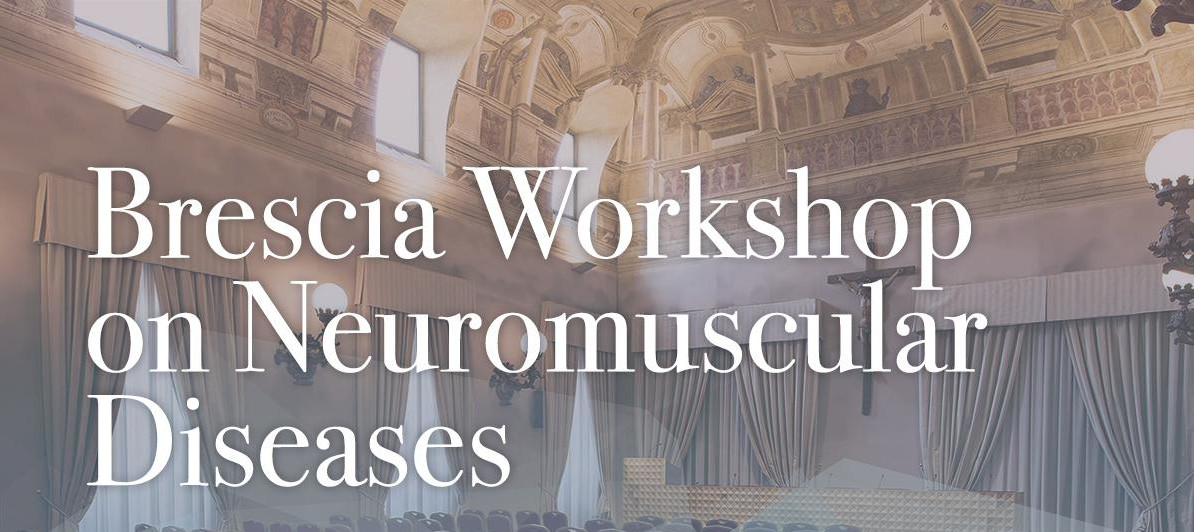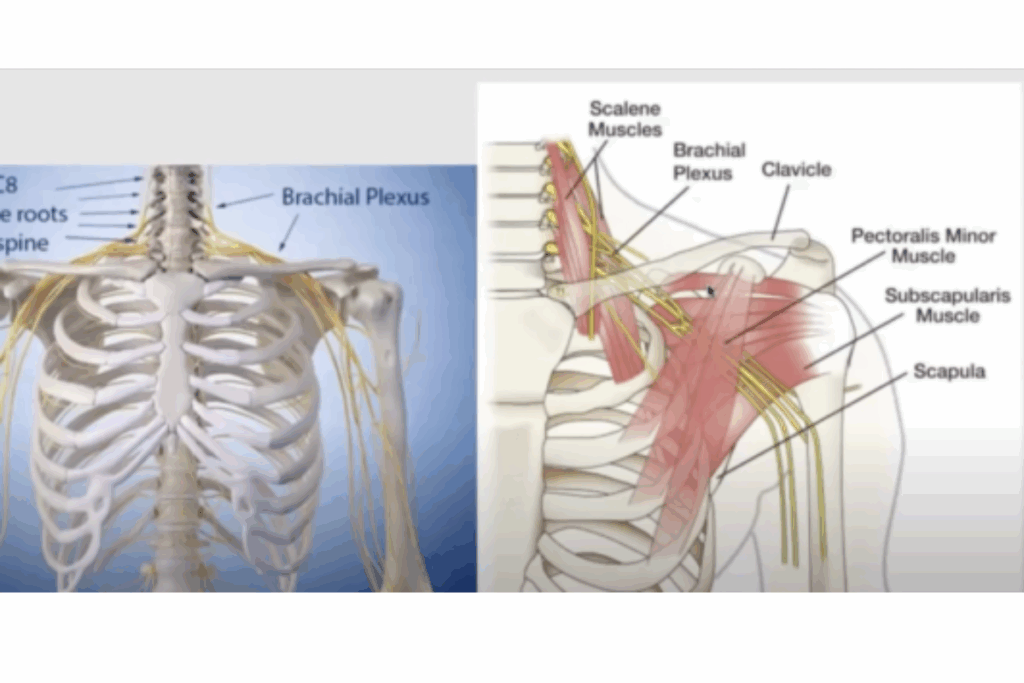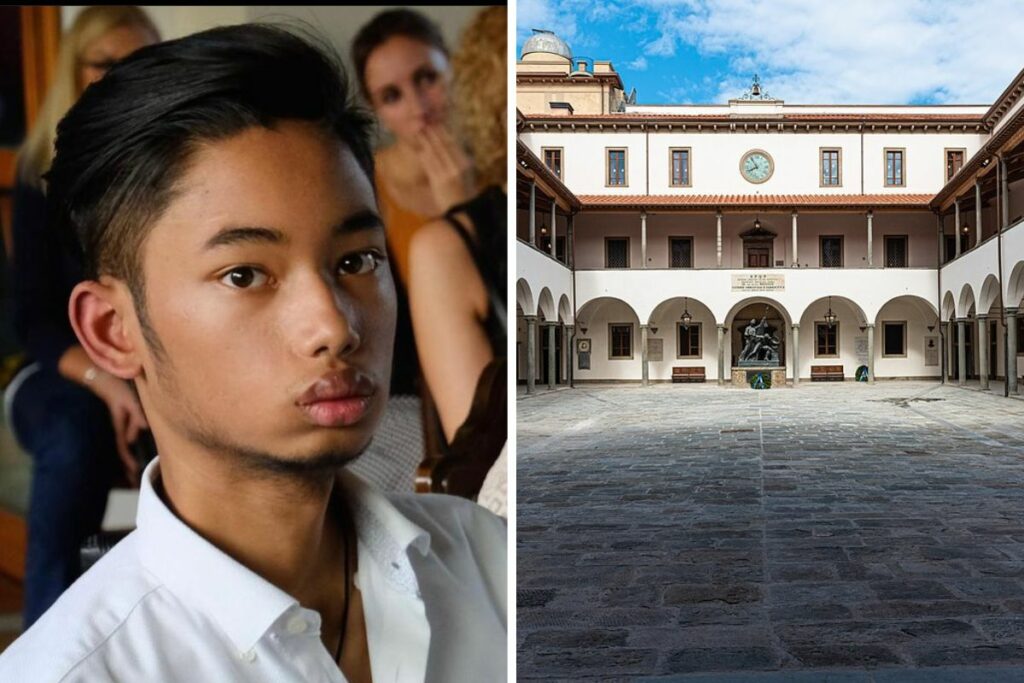At the end of the clinical day of 24 September, the symposium invited Marco Rasconi to the speakers’ desk accompanied by Maria Giovanna Tortora and Fabiola Maria Bertinotti, respectively coordinators of the UILDM-FSHD Group at national and international level. In his speech, Rasconi underlined the fundamental importance that patients now cover at all strategic levels thanks to an increasingly organized network in Italy and in the world which sees patients being active in all fields: from scientific research, to the dissemination of a culture on their pathology, to communication through websites, social media, digital and in-presence events, all with the clear goal to give voice to the hottest news, such as the advent of clinical trials, best practices for a better quality of life, civil rights and independent living. Marco Rasconi welcomed initiatives such as the symposium that foster a relationship of better knowledge and collaboration between clinicians and patients, and wanted to involve Liliana Ianulardo, president of FSHD Italia association.
Interview by Maria Giovanna Tortora to prof. M. Filosto and prof. G. Comi
What are the key points that emerged from your symposium in Brescia?
The Italian symposium on facioscapulohumeral muscular dystrophy (FSHD) has made it possible to bring together clinicians and geneticists who deal at various levels with the diagnosis and care of patients in order to strengthen and define new networks and collaborations in a collaborative and mutual perspective. The program was divided into a series of interventions by the speakers who illustrated the state of the art on the standards of care, the mechanisms underlying the disease, and on the therapeutic perspectives. Foreign guests attended the meeting with the aim of inserting the work of the Italian Group in the context of international collaborations, as well. From the symposium emerged a community of clinicians and researchers aligned to continue a project on FSHD.
How was the FSHD group born within AIM and what is its structure?
As part of projects funded by Telethon-UILDM calls, since 2007 several Italian centers have been working together in order to better define the clinical and genetic characteristics of FSHD, which is an indispensable prerequisite for the future development of effective therapies. In the last 10 years, clinical and genetic data of over 3,000 subjects (the largest case history in the world) have been collected and analyzed, and numerous scientific publications have been produced by Italian researchers, thus providing important contributions to the knowledge of the disease. In order to foster unity of purpose among all the Italian clinicians, genetists and researchers who deal with FSHD, a few months ago the birth of the “Italian clinical group for the study of FSHD” was formalized by the members of the Italian Association of Myology (AIM). The study group has an Advisory Board composed of Prof. Massimiliano Filosto (Brescia), Prof. Elena Pegoraro (Padua), Prof. Valeria Sansone (Milan), Prof. Gabriele Siciliano (Pisa), Prof. Tiziana Mongini (Turin) and Prof. Rossella Tupler (Modena), and an Executive Board composed of Prof. Massimiliano Filosto (Coordinator, Brescia), Dr. Angela Berardinelli (Pavia ), Dr. Lorenzo Maggi (Milan), Dr. Giulia Ricci (Pisa), Dr. Lucia Ruggiero (Naples), Dr. Giorgio Tasca (Rome) and Dr. Liliana Vercelli (Turin).
How do you relate with patients and their associations?
Collaboration with patient associations is a crucial aspect in pursuing common goals such as improving standards of care and quality of life. Associations can reach patients and their families in an easier way to provide knowledge and support. We think it is essential that patients “know us”, know “what is being done”, and that they are involved so as to collaborate in pursuing current challenges.
How do you relate on a national and international level?
The clinical centers belonging to the Italian Clinical Group for FSHD carry out their clinical and research activities within national and international scientific associations such as AIM, and many of them are part of the European Reference Network (ERN) for neuromuscular diseases. The research activities of the Italian group are part of international projects and studies. One of the objectives of the Italian Clinical Group for FSHD is to represent Italian researchers and clinicians in the international arena. Last but not least, we increasingly appreciate the importance of relationships with the world of patients and certainly the presence at the symposium of Fabiola Maria Bertinotti as veteran UILDM-FSHD international representative working in the directive committee of both World FSHD Alliance and TREAT-NMD was an important testimony for us.
How are you preparing for the trials of Fulcrum and other pharmaceutical companies working in the FSHD field?
As with other neuromuscular diseases, many clinical centers participate in clinical trials. Italian centers have a long experience in dealing with FSHD and follow a wide range of patients. Specifically, for the current phase 3 clinical trial with Losmapimod by Fulcrum Therapeutics, 4 centers have been identified and activated within our clinical group, two in Milan, one in Pisa and one in Naples.
Future objectives of the FSHD-AIM group?
The Italian group aims to connect all Italian researchers involved in FSHD and to coordinate and promote studies and initiatives on the national territory and in the international context. The activities of the Clinical Group are articulated at various levels: sharing of diagnostic and care management paths, proposals for research studies and collaborative projects, including possible clinical trials, interaction with patient associations and with the international scientific community.





